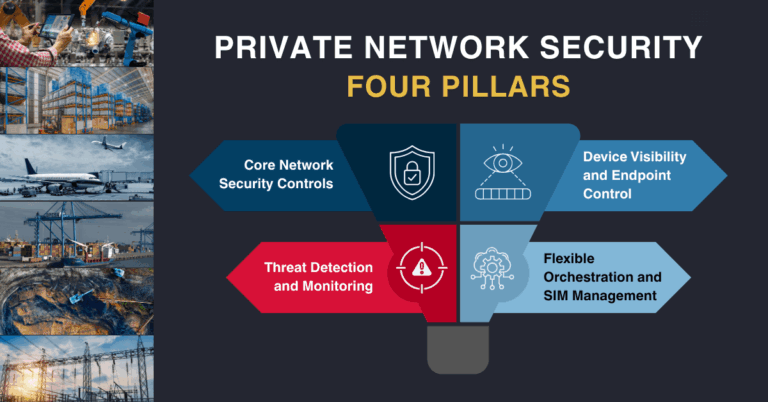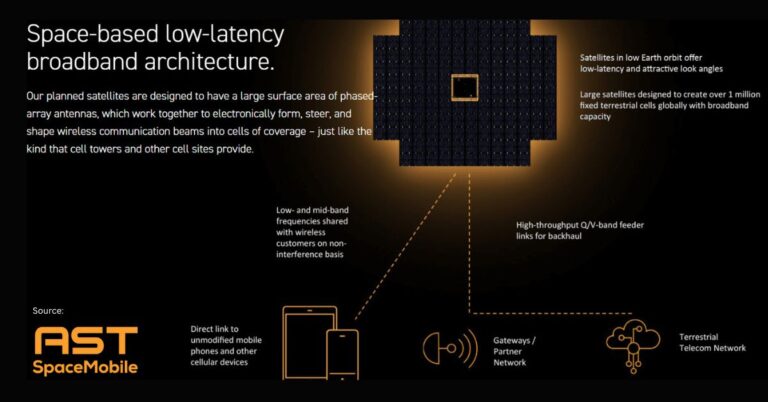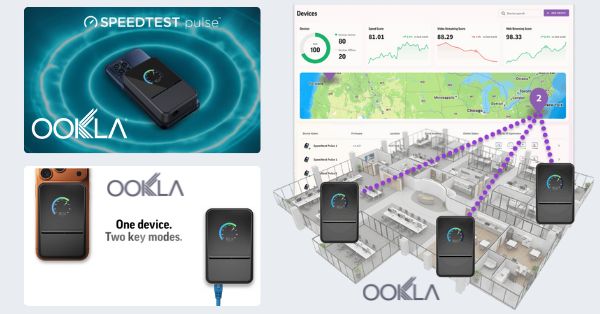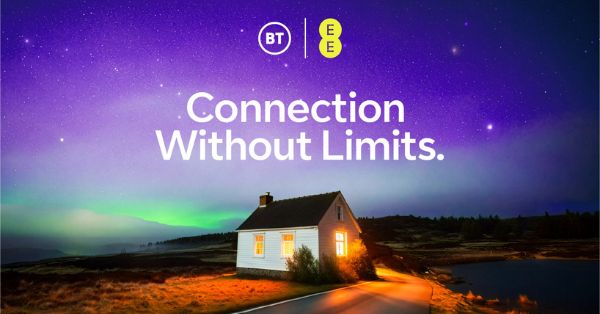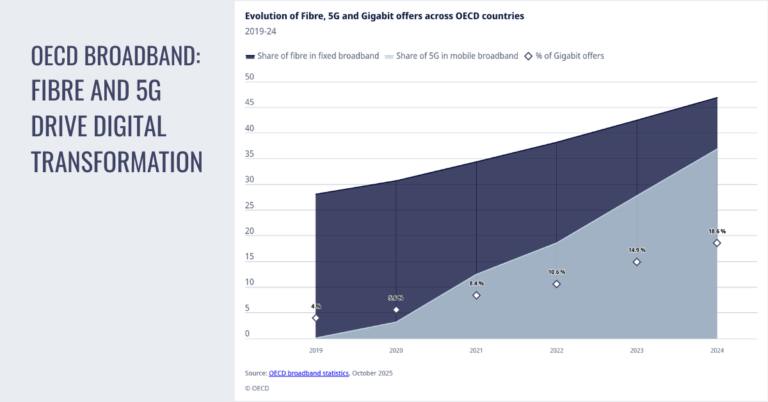Paris, 8 November 2023 – Eutelsat Communications (Euronext Paris, London Stock Exchange; ETL) has been selected by MediaMobil, a telecommunications company improving internet access to remote locations, to provide maritime connectivity to hundreds of ships and off-shore vessels around the globe. MediaMobil will benefit from Eutelsat ADVANCE solution, a global GEO network of unparalleled coverage facilitating long-distance connectivity and an innovative satellite network-as-a-service managed experience.
This deal gives MediaMobil access to the vast fleet of geostationary (GEO) satellites owned and operated by Eutelsat Group, and to its robust terrestrial infrastructure, from a set of 16 global gateways to the multiple points of presence (PoPs) positioned across the planet. Operating through this GEO infrastructure, Eutelsat ADVANCE is a cost-effective and rapidly deployable solution that provides long-distance connectivity and flexible bandwidth to a variety of market needs across maritime, government, aviation and private enterprises.
MediaMobil is a long-term user of Eutelsat capacity services, and today confirms its shift towards a service leasing agreement, a shift aligned with Eutelsat’s own strategy.
Andreas Nil, CEO from MediaMobil commented: “Our agreement with Eutelsat OneWeb brings unparalleled connectivity to our fleet of more than 100 multipurpose, tanker and offshore construction vessels operating globally today, through access to a fleet of high performance and High Throughput Satellites (HTS) around the world. The service license agreement will enable MediaMobil to further develop its position as provider of premium VSAT services while reducing the bandwidth costs for the users. The Eutelsat OSS capabilities will also facilitate MediaMobil’s development of integrated multi-orbit satellite services in conjunction with the LEO system which will bring a unique Quality-of-Experience to our customers.”
Cyril Dujardin, Eutelsat Group Co-General Manager of the Connectivity Business Unit, added: “MediaMobil’s decision to use Eutelsat’s ADVANCE network is a clear indication of the trust that industries hold in Eutelsat’s satellite-as-a-service offering, and solidifies our position as an indispensable player in the booming maritime connectivity business. This deal also signals the successful deployment of our strategy to enter into service partnerships; a model that allows us to form mutually-beneficial partnerships in place of provider-customer relationships.”
Source: Press releases Read More











